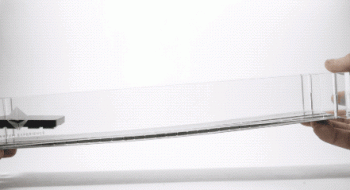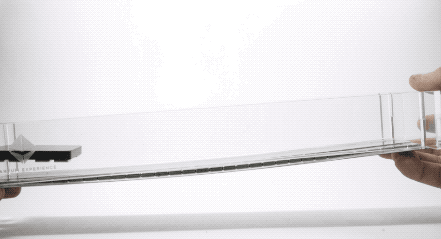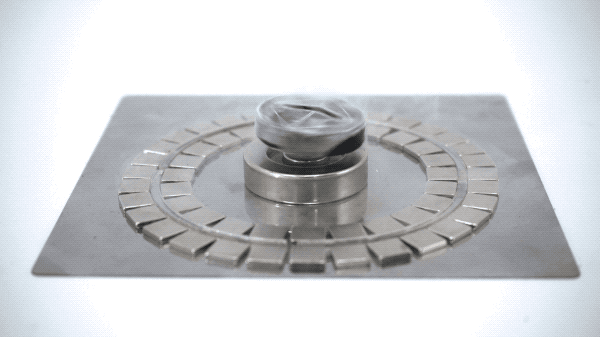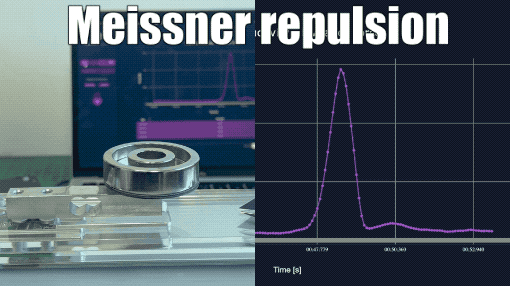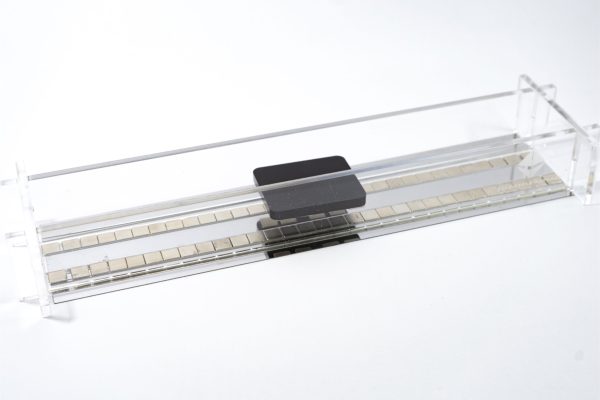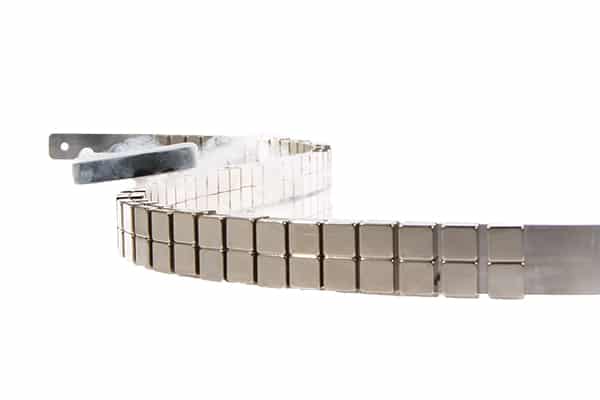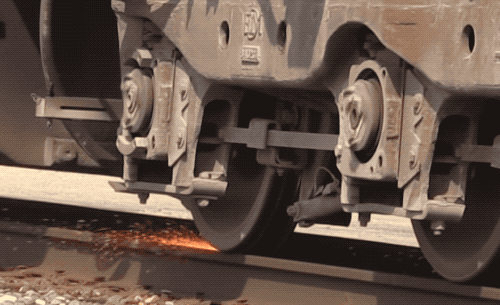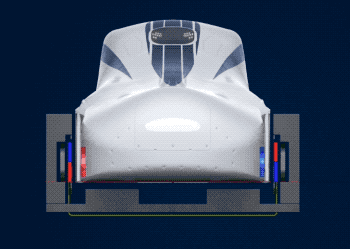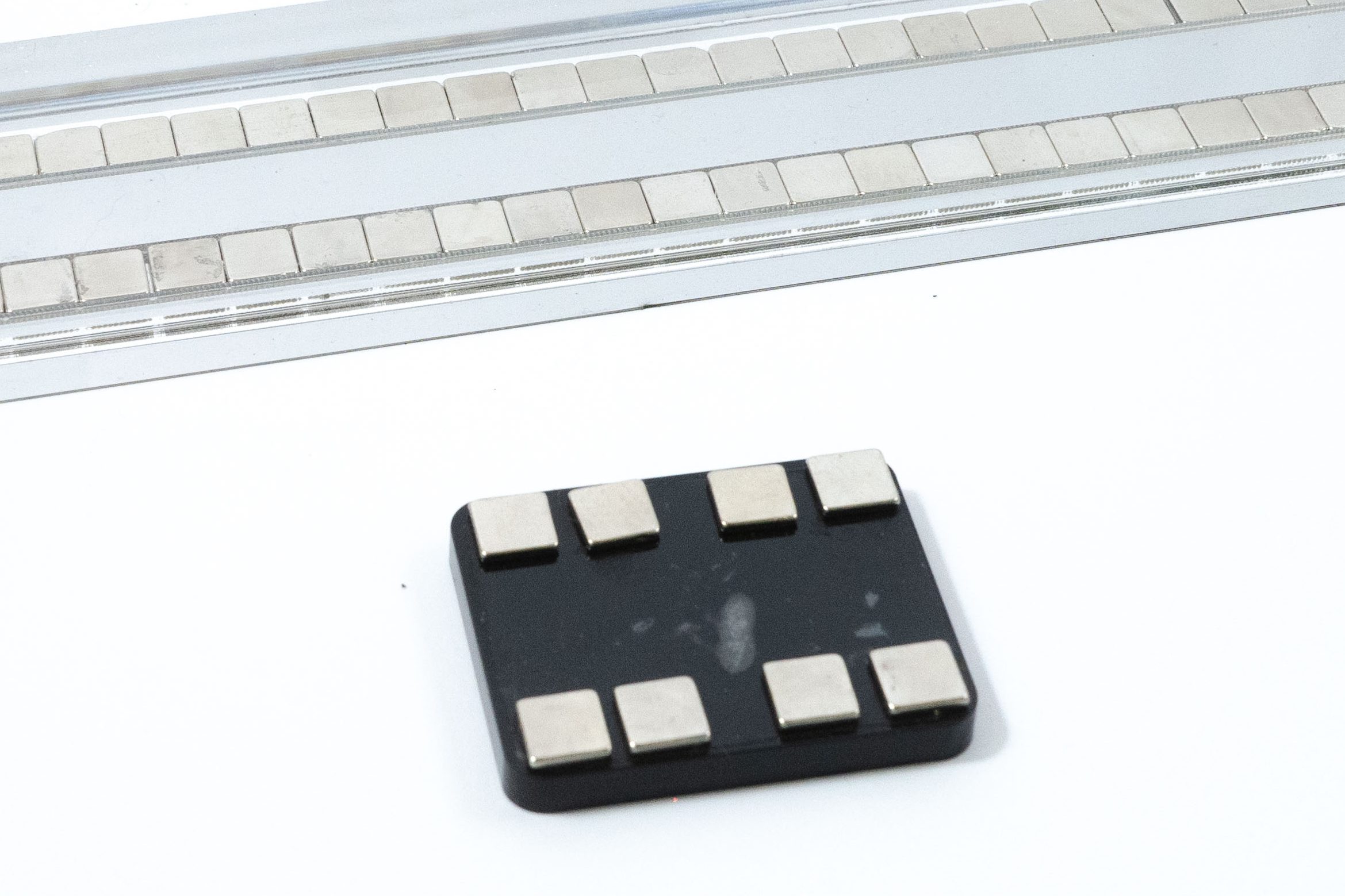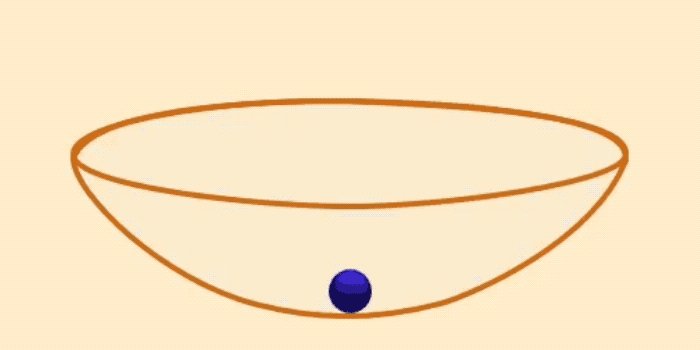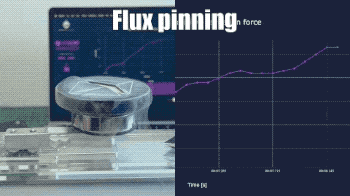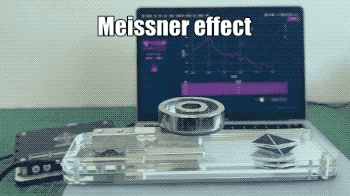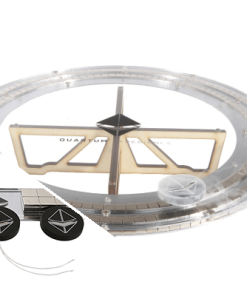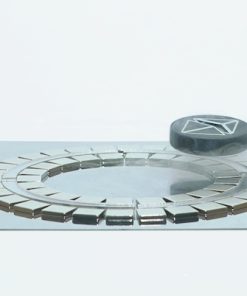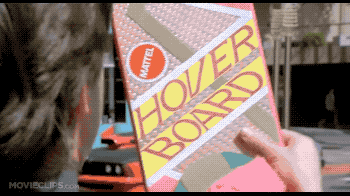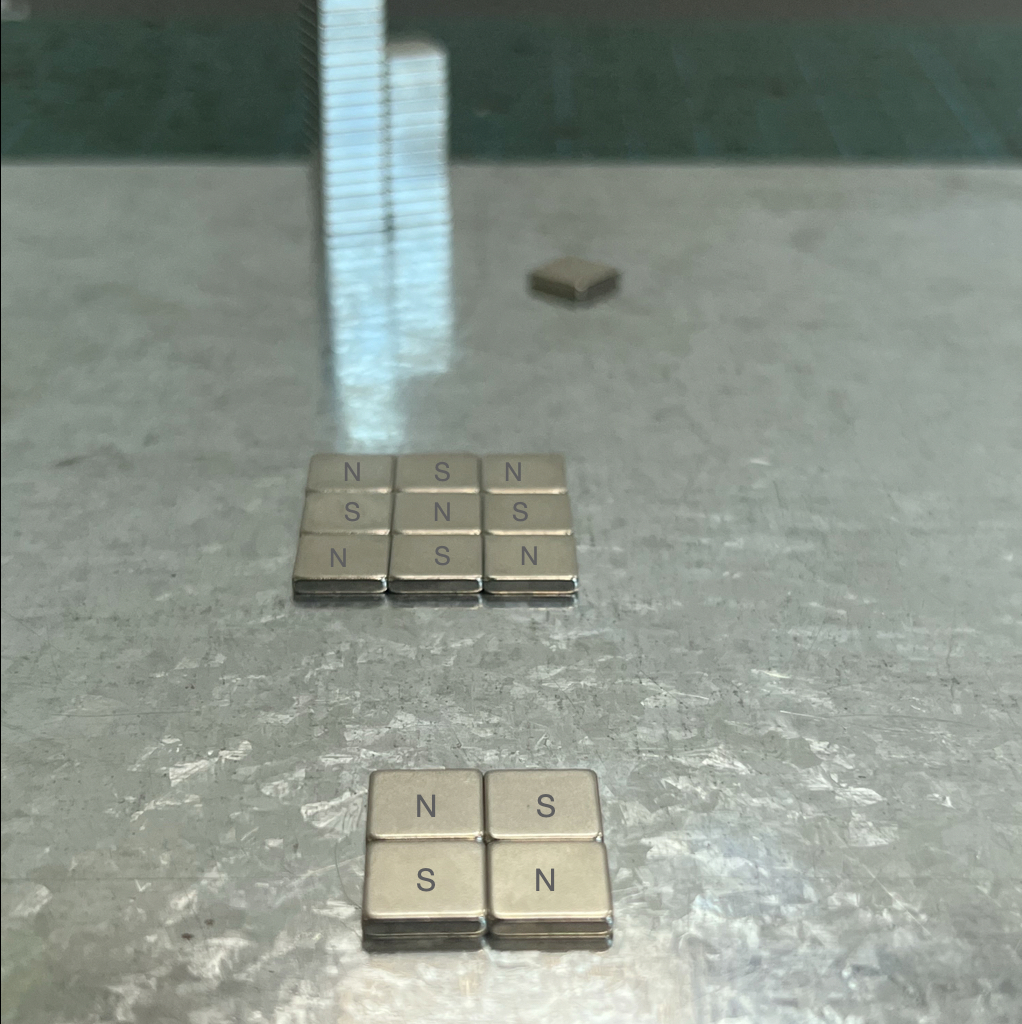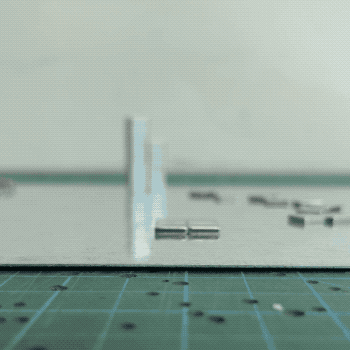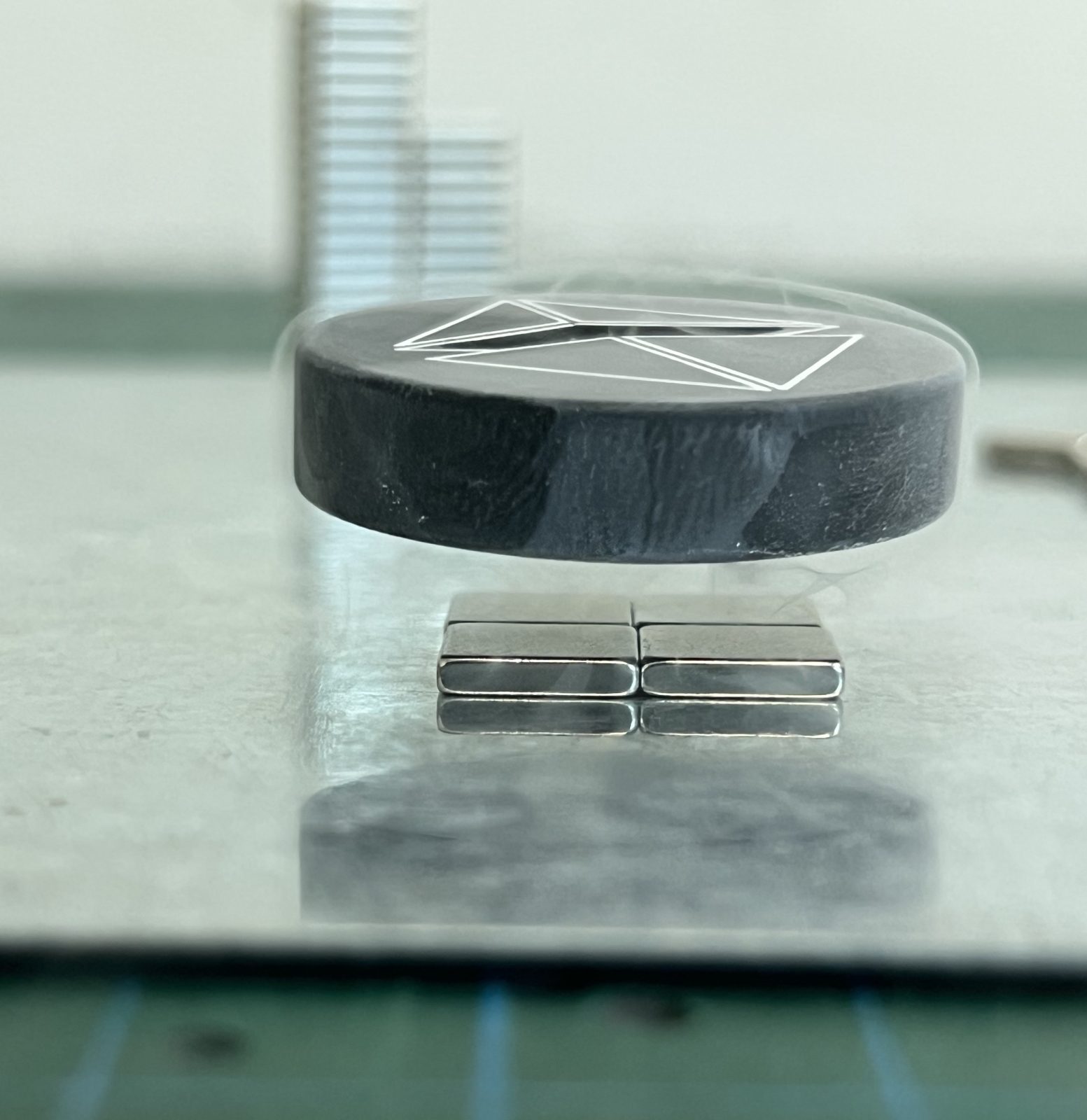Step into the Lab: Unconventional Science Fair Project Ideas That Wow the Judges
Published: August 31, 2023 в 6:37 am
Author: boazal
Categories: Experiments,The Physics
Tags: quantum locking,magnets,maglev,science project,Science fair,physics,Quantum levitation
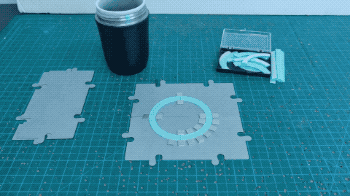
Are you tired of the same old baking soda volcanoes and potato batteries at science fairs?
If you’re looking to stand out from the crowd and impress the judges, it’s time to get creative and think outside the box! In this article, we’ll explore some unconventional science fair project ideas that are sure to wow both judges and audiences alike.
Quantum Physics and unconventional science projects will allow you to set yourself apart from the competition. Judges are constantly on the lookout for unique and innovative projects that challenge conventional wisdom. By choosing an unconventional project, you demonstrate your willingness to take risks and think creatively, which can leave a lasting impression on the judges and increase your chances of success.
Unconventional science fair projects ideas:
Select a topic that aligns with your passion and curiosity, as this will make the project more enjoyable and engaging for you. Additionally, consider the resources and materials available to you. Ensure that you have access to the necessary equipment and materials to conduct your experiment effectively.
- Magnetic Levitation (learn more here)
Can we use magnets to levitate trains? What are the benefits of levitation and what are the limitations of magnetic levitation? Set up an experiment where you build your own magnetic track and levitate a magnetic train on top. Explore how properties of the tracks and train affect the frictionless motion, levitation height, stability and more. This project not only combines engineering skill but also explores the physics behinds levitation and potential impact of maglev trains on our society.DIY Magnetic levitation train model. - Superconductivity and Quantum Levitation (learn more here)
The only quantum mechanics phenomenon we can demonstrate in real life. Investigate superconductivity and how it enables levitation and suspension in 3D by conducting multiple experiments with magnets and superconductors. Test the properties of superconductors at external magnetic fields and witness unique phenomenon like the Meissner effect and flux pinning. This project combines classical mechanics with concepts in modern physics.Friction-less rotation of a superconductor above a ring magnet - Magnetic forces – magnets and superconductors (learn more here)
Visualise and quantify the forces between magnets and superconductors. Using a digital scale you can conduct quantitive experiments of magnetic repulsion, attraction and even 3D locking. Investigate the uniquenss of superconductor magnetic levitation and suspension and compare it to ‘standard’ non-stable magnetic levitation. Perform a series of experiments to explore how the Meissner effect, flux pinning and magnetic repulsion/attraction behave with actual materials.Meissner effect and Flux pinning experiment
Gathering materials and resources
Once you have chosen your project idea, it’s time to dive into the research and planning phase. Start by conducting a thorough literature review to familiarize yourself with the existing knowledge and studies related to your topic.
Here (), we’ve compiled several posts that will help you kickstart your project and guide you through the experiment.
Next, prepare a detailed research plan outlining:
- The steps you need to take to conduct your experiment.
- The materials and resources required
- The methodology you will use
- The variables you will control during the experiment.
Break down the experiment into manageable tasks and create a timeline to ensure you stay on track.
Safety above all else
It’s important to be mindful of safety precautions when gathering materials for your experiment.
Magnets can be harmful if handled without care. Keep the following rules when dealing with magnets:
-
Remove any sensitive equipment (medical or electrical).
-
Never leave a stray magnet without attaching it to a sturdy [metallic] surface. Magnets can “jump” into one another and cause great damage in the process.
-
Keep magnets away from small kids. swallowing magnets is fatal and can result in injury and death.
-
Always consult with a teacher, mentor, or experienced scientist to ensure you adhere to best practices.
Liquid nitrogen is extremely cold – -196C, -321F. It can cause serious cold burns if touched directly.
Use safety gloves and goggles and avoid direct contact with the skin.
General tips for a successful science fair presentation
To ensure a successful science fair presentation, consider the following tips:
- Practice your presentation multiple times to ensure a confident and smooth delivery.
- Use visual aids (live demo!) to enhance your presentation and engage the audience.
- Be prepared to answer questions from the judges and audience, demonstrating your knowledge and understanding of your project.
- Dress professionally and maintain good posture and eye contact throughout your presentation.
- Be enthusiastic and passionate about your project, as this will captivate the judges and audience.
Remember, the presentation is your opportunity to showcase your hard work and impress the judges, so make the most of it!
